I'd like to print nicely-formatted data frames to paper, ideally from within a script. (I am trying to collect data using an instrument and automatically process and print it using an R script).
Right now I can write a data frame to a text file using write.table(), but this has two problems:
- The resulting text file is poorly formatted (columns do not necessarily line up with their headings) and
- I don't know how to print a text file from within R.
I'm looking more for general strategies than for specific code (although code would be great too!). Would Sweave be the most convenient solution? In principle can I use socketConnection() to print to a printer - and if so, where can I learn about how to use it (I didn't find the documentation to be very helpful).


